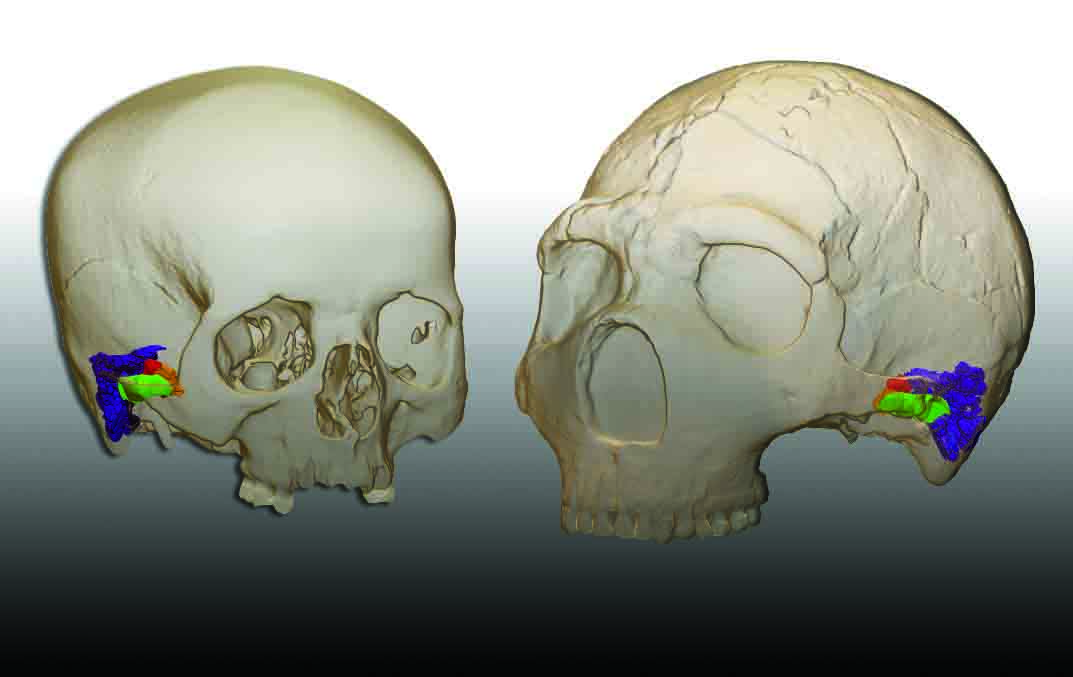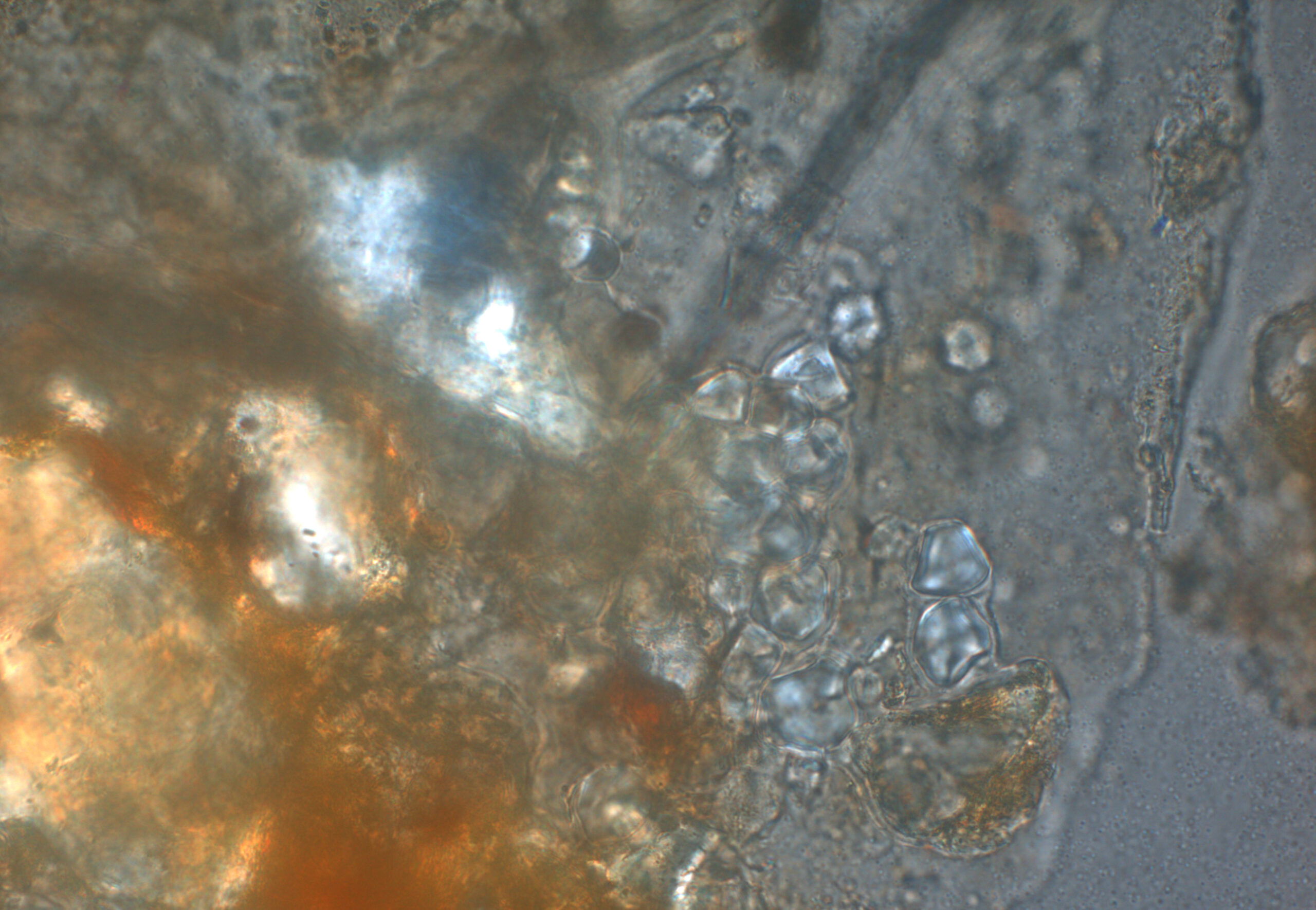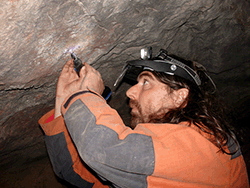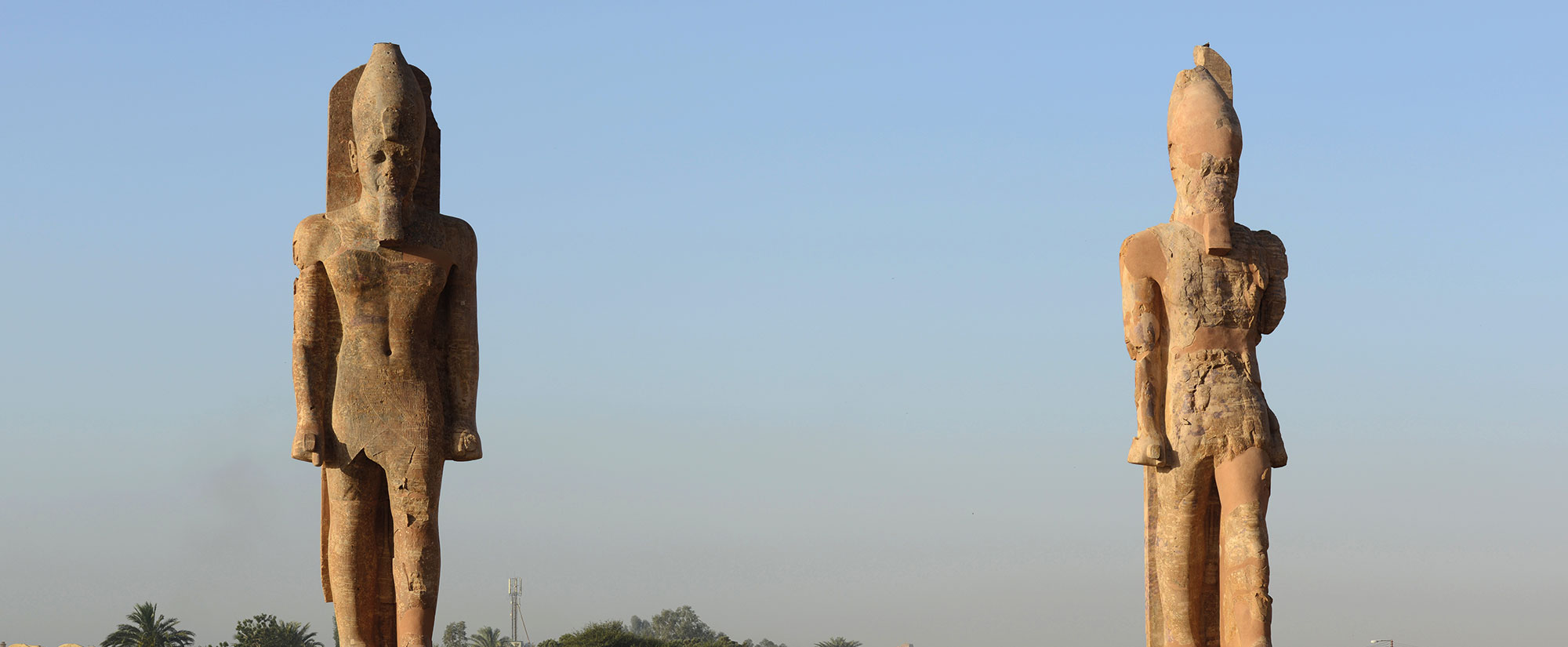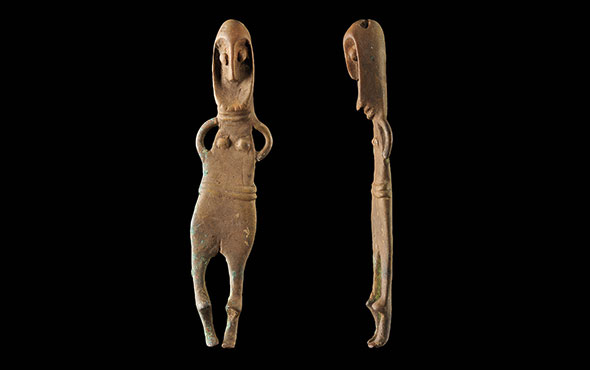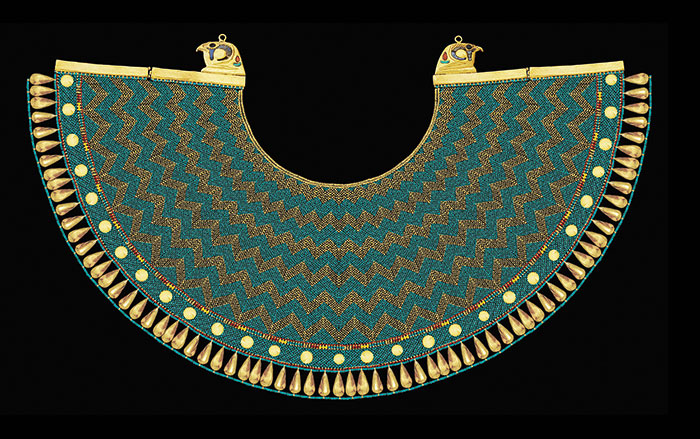
PARIS, FRANCE—According to a statement released by the French National Center for Scientific Research, zinc isotope analysis of the enamel of a Neanderthal tooth recovered from the Gabasa site in northern Spain indicates that the individual had been a carnivore. Klevia Jaouen and her colleagues also analyzed the bones of other animals known to have been carnivores, such as lynxes and wolves, and herbivores such as rabbits and chamois. They found that the lower the proportions of zinc isotopes in the remains, the more likely the individual is to have eaten a meaty diet. The study further suggests that this Neanderthal probably did not consume the blood of his or her prey. Broken bones at the site, combined with the isotopic data from the tooth, indicate that the Neanderthal did consume bone marrow, however. The researchers plan to continue to test this new method on additional Neanderthal remains recovered from other sites. Read the original scholarly article about this research in Proceedings of the National Academy of Sciences of the United States of America. To read about analysis of microscopic material on Neanderthal teeth from Spain, go to "Neanderthal Medicine Chest," one of ARCHAEOLOGY's Top 10 Discoveries of 2012.


